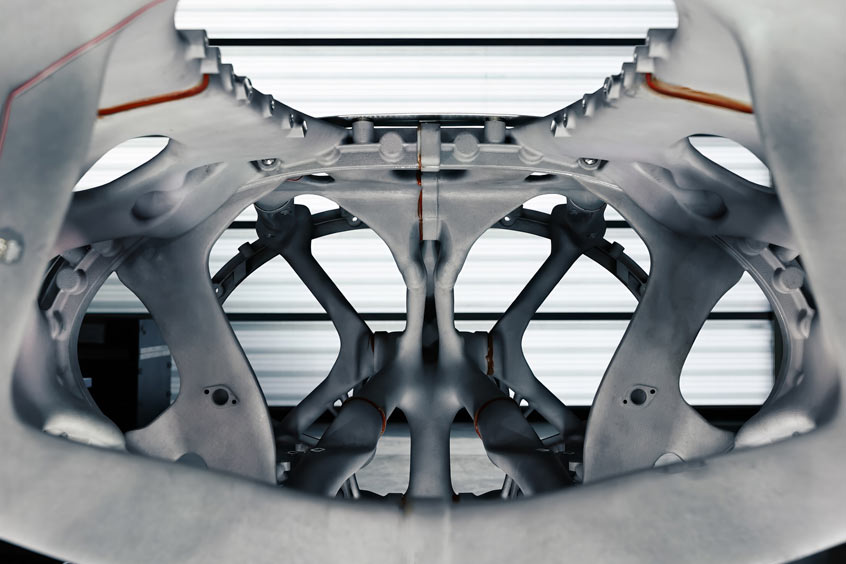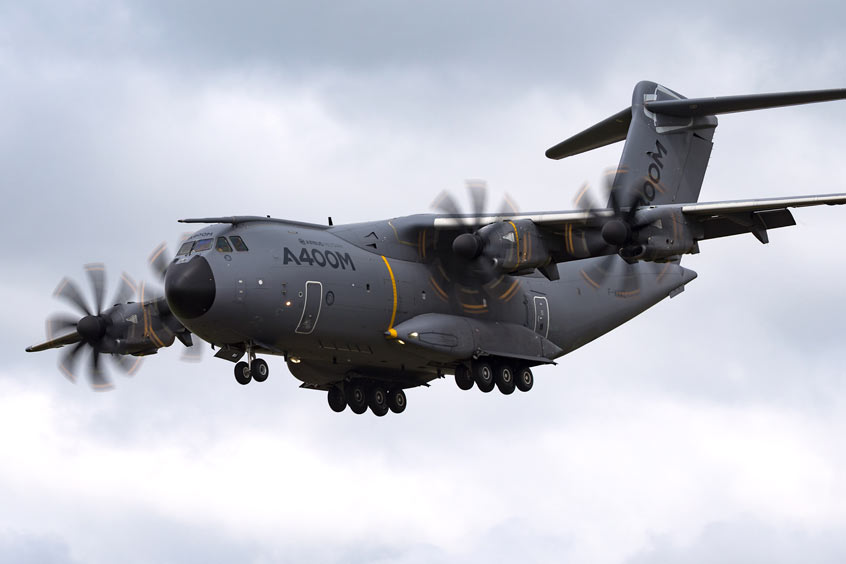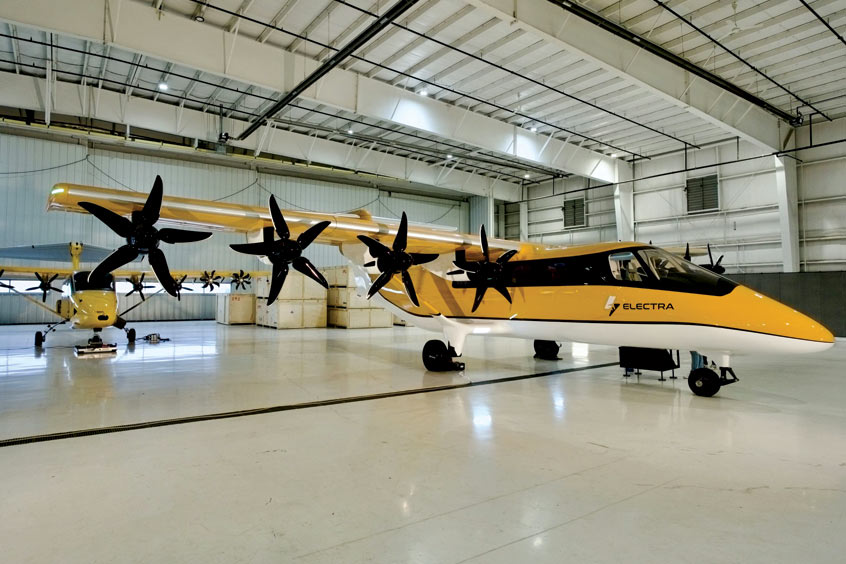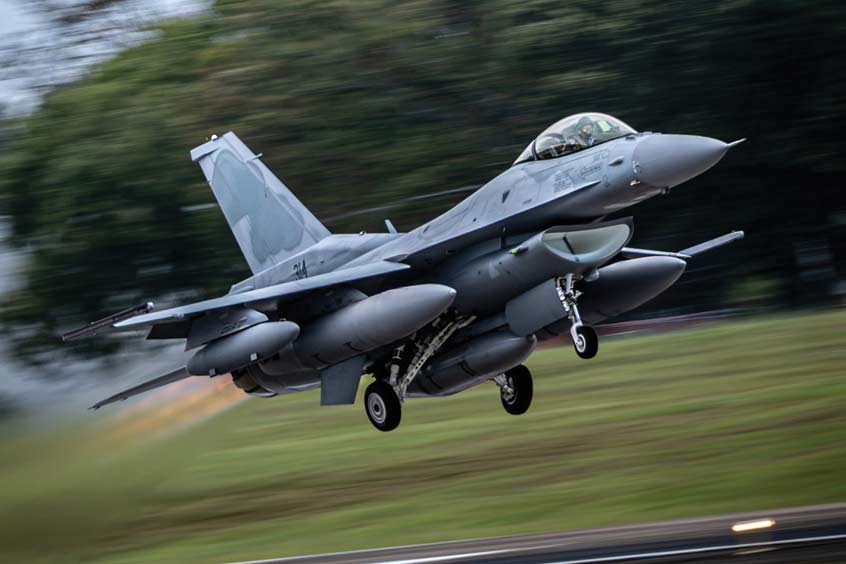Embraer is developing a family of concept aircraft to help achieve the industry goal of net zero carbon emissions by 2050. The details of the Energia family, the latest in its Sustainability in Action initiative, were broadcast live via YouTube from Embraer's manufacturing facility in Sao Jose dos Campos.
It has partnered with an international consortium of engineering universities, aeronautical research institutes, and small and medium-sized enterprises to better understand energy harvesting, storage, thermal management and the applications for sustainable aircraft propulsion.
Four concept aircraft of varying sizes incorporate different propulsion technologies. The Energia Hybrid will feature hybrid-electric propulsion, up to a 90% reduction in CO2 emissions, nine seats, rear-mounted engines and aims for technology readiness by 2030. The Energia Electric will feature full electric propulsion, zero CO2 emissions, nine seats, aft contra-rotating propellers and is aiming for technology readiness by 2035. The Energia H2 Fuel Cell will include hydrogen electric propulsion, zero CO2 emission, 19 seats, rear-mounted electric engines and with technology readiness by 2035. The Energia H2 Gas Turbine will feature hydrogen or SAF/JetA turbine propulsion, up to 100% CO2 emissions reduction, 35 to 50 seats, rear-mounted engines and aims for technology readiness by 2040.
Each aircraft is being evaluated for its technical and subsequent commercial viability and Luis Carlos Affonso, Embraer's senior vice president of engineering, technology and corporate strategy, explains the rationale: “We see our role as a developer of novel technologies to help the industry achieve its sustainability targets. There's no easy or single solution in getting to net zero. New technologies and their supporting infrastructure will come online over time. We're working right now to refine the first aeroplane concepts, the ones that can start reducing emissions sooner rather than later. Small aircraft are ideal on which to test and prove new propulsion technologies so that they can be scaled up to larger aircraft. That's why our Energia family is such an important platform.”
Although the Energia aircraft are still on the drawing board, Embraer has already made advances in reducing emissions from its aircraft. It has tested drop-in SAF, mixes of sugarcane and camelina plant-derived fuel and fossil fuel, on its family of E-Jets. The company is targeting to have all Embraer aircraft SAF-compatible by 2030. Last August, Embraer flew its Electric Demonstrator, a single-engine EMB-203 Ipanema, 100% powered by electricity. A hydrogen fuel cell demonstrator is planned for 2025 and the company's eVTOL, a fully electric, zero-emissions vertical takeoff and landing vehicle, is being developed to enter service in 2026.
| Contact details from our directory: | |
| Embraer-Empresa Brasileira de Aeronautica | Airframer |
| Related aircraft programs: |
| Embraer Energia Family |
Weekly news by email:
See the latest Bulletin, and sign up free‑of‑charge for future editions.

Saab advances digital manufacturing with autonomous fuselage

Airbus deploys Stratasys printed parts for A320, A350 and A400M

Electra kicks off Part 23 application for hybrid-electric EL9
